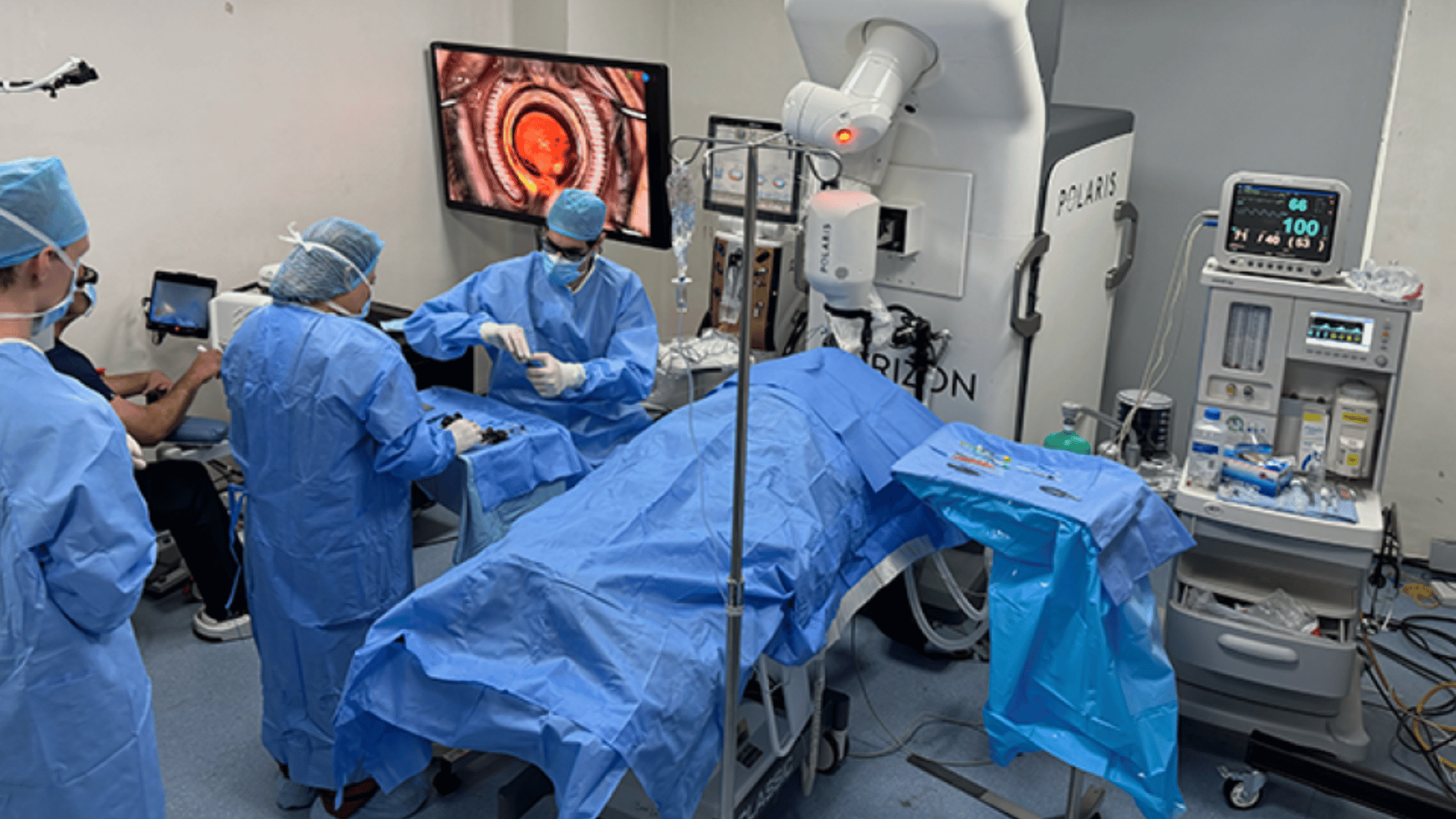The conversation with Wes Wheeler, CEO of LabConnect, offers a rare behind-the-scenes look at how modern clinical trials actually operate—how blood and biological samples move from patient to lab, how complex test results become submission-ready data, and how digital infrastructure is transforming laboratory networks worldwide.
A Network Built on Speed and Scale
At the heart of LabConnect’s model is a simple truth: the currency of clinical trials is blood. These samples are highly time-sensitive, and if they don’t reach a certified laboratory within 48 hours, they can become unusable. Rather than building and maintaining brick-and-mortar facilities, LabConnect has created a federated laboratory network, contracting with validated partners in regions where patients live and trials recruit.
This decentralized model allows the company to scale globally, align lab capacity with each trial’s therapeutic complexity, and eliminate the capital burdens that slow many competitors. The result is faster turnaround, greater flexibility, and a network that supports nearly 80% of the laboratory data used in new drug filings.

Digitizing the Lab-to-Data Pipeline
Speed is only part of the equation. Wheeler emphasizes that LabConnect’s long-term success depends on a complete digital transformation of laboratory data management. Partner labs often run different LIMS platforms, generating flat files or inconsistent data formats. To unify this patchwork, LabConnect is investing in a comprehensive laboratory information system (LIS), enterprise resource planning (ERP) tools, sample-tracking technology, and automated data-integration workflows.
These systems normalize and reconcile data across borders, ensuring accuracy and compliance for regulators such as the FDA and EMA. In oncology, where more than half of all active clinical trials now occur, speed and data integrity are critical. Each study requires specialized biomarker assays to determine patient eligibility and therapeutic response. The company’s digital spine connects assay selection, chain-of-custody tracking, and results harmonization to maintain trial integrity from start to finish.
Continuous Improvement by Design
That precision extends to process design. Wheeler describes the company’s Kaizen-driven approach, in which cross-functional teams gather to identify bottlenecks and re-engineer workflows until every issue is fully resolved. Each stage—kit building, site training, customs clearance, lab accessioning, testing, data capture, and regulatory formatting—is mapped and refined.
Common pain points, such as regional labs delivering incomplete CSV exports without metadata, are addressed through automated reconciliation and validation steps. Every resolved friction point compounds across studies, reducing latency, minimizing errors, and accelerating database lock.
Meeting Patients Where They Are
LabConnect’s expansion strategy mirrors where patients actually live. While the United States and Europe remain core markets, new growth is accelerating in China, South Korea, Australia, Latin America, and emerging regions across the Middle East and Africa.
Localized partnerships shorten sample transit times, improve viability, and expand access to late-phase trials. Managing this global footprint requires more than shipping logistics—it demands consistent GCP compliance, validated specialty assays, and dependable digital connectivity between every site. When local labs lack a modern API, LabConnect still ensures interoperability by mapping flat-file transfers to controlled vocabularies, normalizing reference ranges, and maintaining strict version control.
This pragmatic approach—meeting labs where they are and raising standards through software, process, and training—lets the network expand without waiting for universal modernization.
The Rise of AI in Clinical Research
Looking ahead, Wheeler sees artificial intelligence and machine learning as transformative tools in both preclinical and operational settings. In early development, AI-driven digital twins are helping model safety profiles and reduce animal testing. Within active trials, algorithms analyze historical datasets to predict site performance, identify recruitable patient populations, and recommend assay panels aligned with protocol objectives.
Natural language processing (NLP) can interpret complex protocol language and auto-generate kit manifests with fewer errors. Anomaly detection systems flag irregular lab results faster, while automated quality control catches data mismatches before they delay regulatory submissions. As new therapeutic modalities—from cell and gene therapies to radiopharmaceuticals—continue to reshape biopharma, LabConnect’s integrated digital and operational model positions it to handle the growing complexity of global clinical trial logistics and data management.
Engineering Trust, Speed, and Scale
Through a combination of federated networks, data harmonization, and AI-enabled process design, LabConnect is redefining how laboratory operations support the future of clinical research. For Wheeler, the mission is clear: build systems that deliver speed, accuracy, and trust—because in modern clinical trials, every hour counts.
This blog post was generated using Buzzsprout’s CoHost AI tool and is based directly on content from the associated podcast interview. This article has been reviewed and edited by Tomorrow’s World Today staff.







